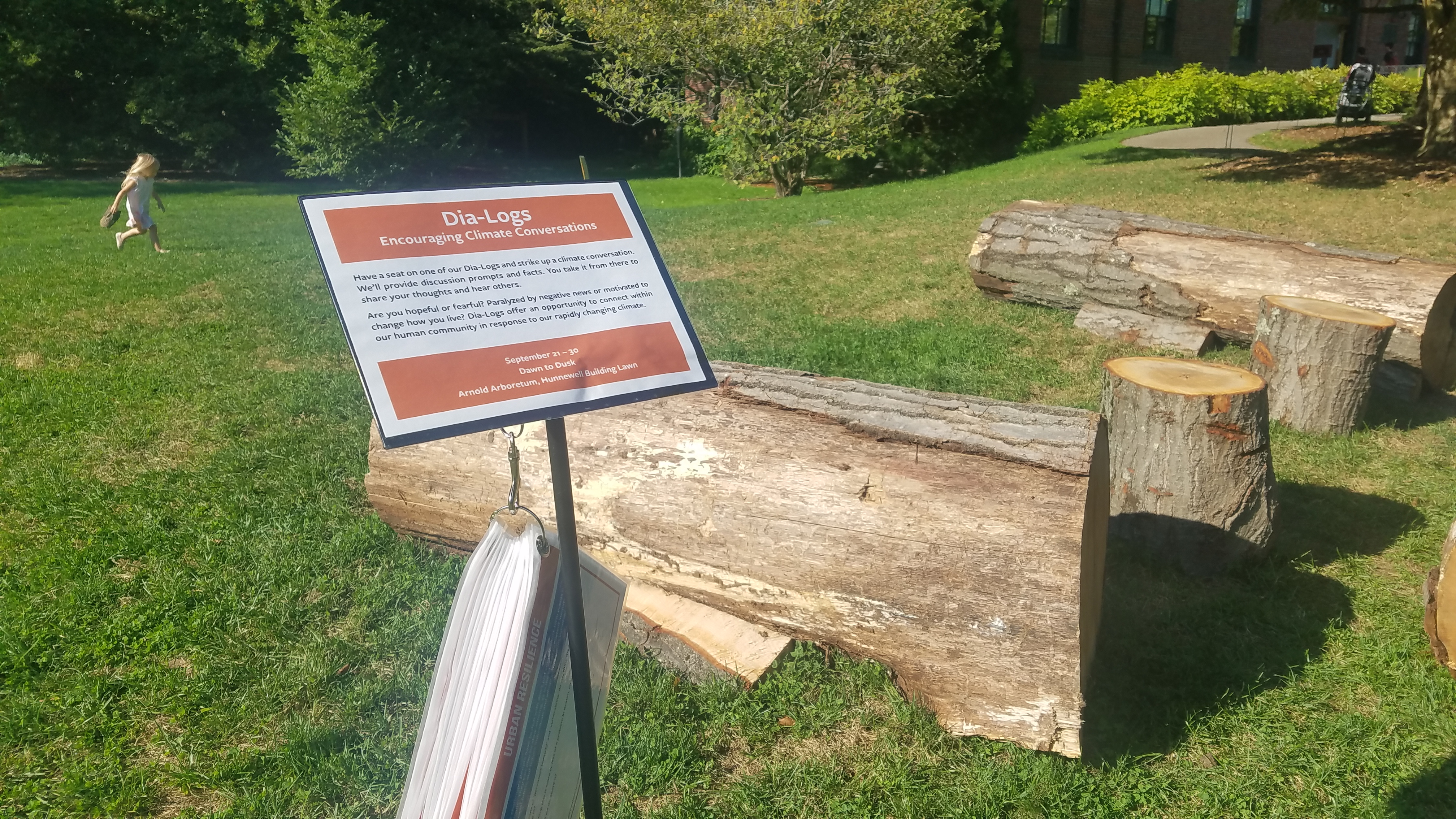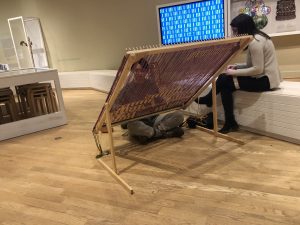by Angela Tillapaugh
The Frick Collection, located in New York City, is an art museum that houses paintings primarily by the Old Masters, as well as sculptures and decorative
arts. While the Frick’s original building, Henry Clay Frick’s Beaux …

Featuring profiles of outreach & advocacy in cultural heritage
by Angela Tillapaugh
The Frick Collection, located in New York City, is an art museum that houses paintings primarily by the Old Masters, as well as sculptures and decorative
arts. While the Frick’s original building, Henry Clay Frick’s Beaux …
by Toben Traver
What happens when we engage students in the process of historic documentation and research? This is the question that drives the annual Vermont History Day (VHD) program and competition. Since 1983, VHD, administered by the …
by Verity Ahlin
Boston has no shortage of rich history and distinguished institutions dedicated to preserving that history. Simply walking down Newbury Street will land you at one of these institutions, and may inspire you to investigate your own family …
by Angela Lee
“Neighborhood Matters” is an outreach and advocacy project hosted by Northeastern University Libraries’ Archives and Special Collections (ASC). This lunch time series aims at promoting diversity and inclusion by organizing a free public event; its goal includes …
by Lily Eisenthal
 Early in the autumn of 2019, before the trees making up its extensive collection began changing colors, the Arnold Arboretum of Harvard University offered a series of events and activities for Climate Preparedness Week. It was the …
Early in the autumn of 2019, before the trees making up its extensive collection began changing colors, the Arnold Arboretum of Harvard University offered a series of events and activities for Climate Preparedness Week. It was the …
by Rivi Feinsilber
 Museum spaces are no longer a place of just observing objects; they are now a place for creating and interacting with them. This is particularly true at the Rhode Island School of Design’s Museum (RISD Museum). The …
Museum spaces are no longer a place of just observing objects; they are now a place for creating and interacting with them. This is particularly true at the Rhode Island School of Design’s Museum (RISD Museum). The …
by Clara Snyder
Tucked away in the heart of Boston’s historic neighborhood of Back Bay is the French Cultural Center, a nonprofit organization whose mission is to provide French language instruction and cultural programs for the Greater Boston Area and …
by Jasmine Bonanca
In March of 1902, the Nichols family hosted a performance by Metropolitan Opera singer Louise Homer in their home on Beacon Hill. More than 100 years later, the Nichols family’s home, now the Nichols House Museum, brought …